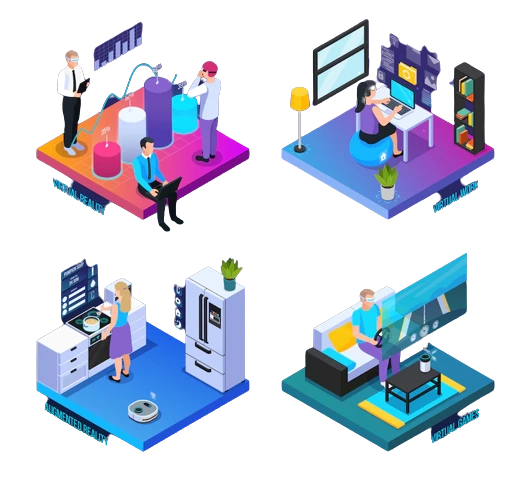Non-Immersive Simulations
Non-Immersive Simulations
Non-immersive virtual reality (NIVR) is emerging as a beneficial intervention in the field of
neurorehabilitation. Promising results have been obtained using NIVR in adults with various
chronic neurological disorders such as stroke and Parkinson's disease, but studies using NIVR
in children with unilateral cerebral palsy (CP) are limited. Non-immersive virtual reality (NIVR) is
emerging as an intervention tool in the field of neurorehabilitation. NIVR has been shown to be
beneficial in the rehabilitation of the geriatric population. Promising results have been obtained
with the use of NIVR in adult patients with various medical conditions such as stroke,
Parkinson's disease and chronic obstructive pulmonary disease (COPD), but studies on the use
of NIVR in the pediatric population and specifically for children with unilateral cerebral palsy
(CP) are limited.
Non-immersive VR is a type of virtual reality technology that provides users with a
computer-generated environment without a feeling of being occupied in the virtual world. The
main individual of a non-immersive VR system is that users can keep control over physical
location while being aware of what’s going on around them: sounds, visuals, and haptics.
Non-immersive virtual reality systems rely on a computer or video game console, display, and
input devices like keyboards, mice, and controllers. Unlike semi-immersive VR based on hard
simulators also known as cockpits, gaming non-immersive VR systems also can use racing wheels
and speed shifters to provide users with an enhanced gaming experience. Using various input
devices, users can interact with digital content on a display.
 UI Design
UI Design UX Design
UX Design Brand and Identity
Brand and Identity
 Graphic and
Illustrations
Graphic and
Illustrations React JS
React JS 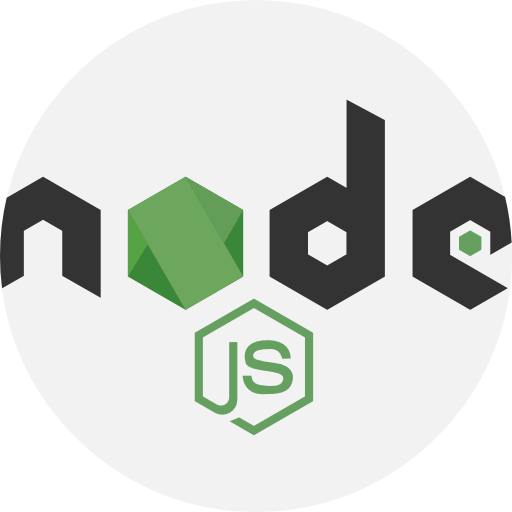 Node JS
Node JS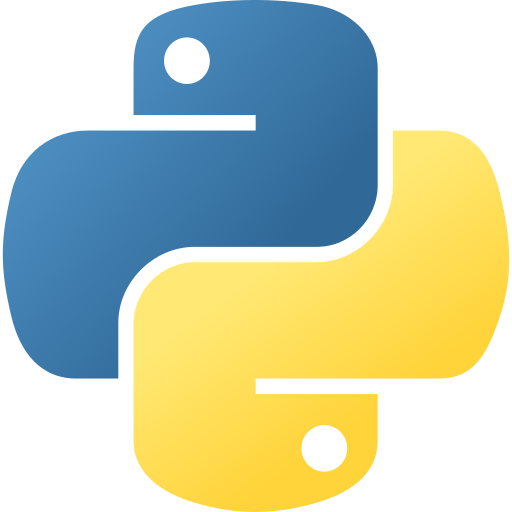 Python-Django
Python-Django Platform as a Service
Platform as a Service Backend
Development
Backend
Development.png) Custom Software Design
Custom Software Design
 CRM Software
Development
CRM Software
Development
 Workforce Management
Software
Workforce Management
Software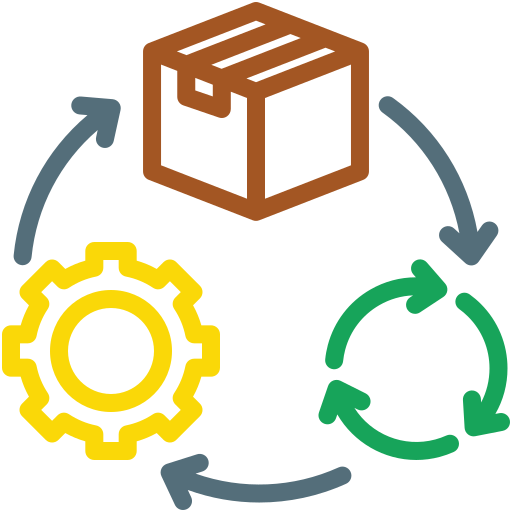 Product Lifecycle
Managements
Product Lifecycle
Managements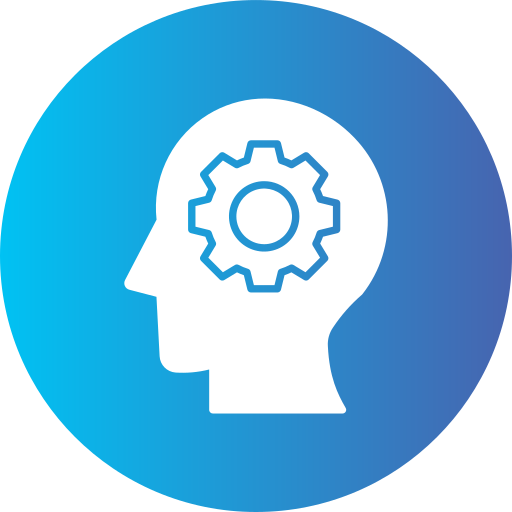 Cognitive Services
Cognitive Services
 Data Automation
Data Automation Marketing Automation
Marketing Automation.png) Neural Network
Development
Neural Network
Development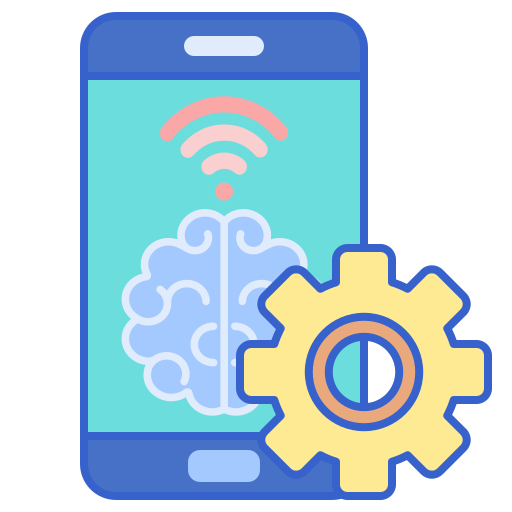 Develop Smart
Products
Develop Smart
Products

